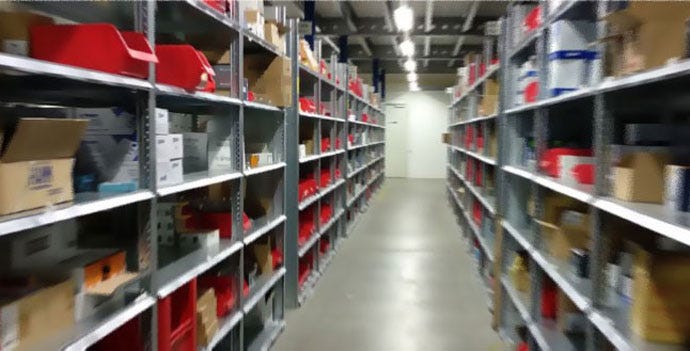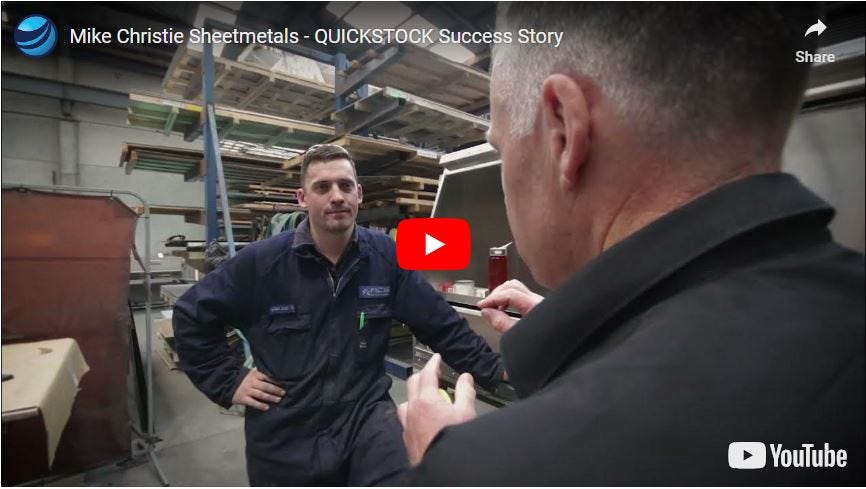Does Bulk Buying Really Save You Money?
Even the best workshops need some processes in place to manage their consumable stock. By implementing some or all of these best practices, we recon you'll be able to save money, space, and boost your productivity - who wouldn't want that???


Does buying in bulk really save you money?
The answer usually depends on your usage. If it's a product you use all the time, and it's going to be active in production, then yes, it might be worth it to buy the larger quantity to reduce your buying cost. However if the quantity exceeds production demand, the excess product sitting on the shelf can actually start costing you money. Here's how:
- Valuable shelf space is taken up that could be used for products that are more in demand.
- Products expire and/or become obsolete.
- When storage rooms are cluttered with supplies, it also becomes difficult for your team to find the parts and products they need, wasting time and energy. Overall, product that's not being actively used in production is a liability.
Isn't it still cheaper than paying more for frequent orders?
If it's a product that you regularly use, and will continue to use, and you've got the storage room, there's nothing wrong with buying larger quantities to bring the individual cost down, or stocking up if there's a sale on. Just make sure these items are stored correctly so they're not compromised before they get used (eg. moisture or sunlight damage). At the end of the day, you simply don't want to be paying for product that could end up sitting on the shelf for years, or ruined before you get the chance to use it.
So what's the solution?
Getting the balance right between having enough stock on hand to keep production moving, but not having too much stock, then also getting a good deal on price is a constant challenge for a lot of businesses. Here's a few strategies that can help combat money wastage on inventory issues:
- Keep a good record of all your consumable usage so you have the data to be able to plan ahead.
- If you know the projects you've got coming up, and what will be needed, it's easier to be leaner without worrying about running out of stock.
- Make use of technology tools and solutions to help track usage and plan orders. Continuously refine ordering and stocking levels to meet accurate amounts of material demand.
- Regularly audit consumable usage.
- Consider using a 'vendor managed' inventory system like QuickStock. This is where a supplier will install a supply cabinet in your workshop, they will handle all the tracking, ordering, delivery, and cabinet stocking, and you only pay for the stock you use.
Inventory management is a challenge that affects most businesses, but the good news is there are actions you can take to achieve maximum cost efficiency.
 Need assistance?
Need assistance?






